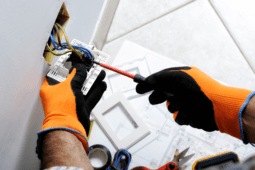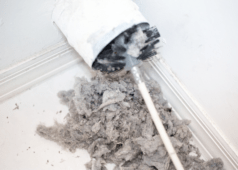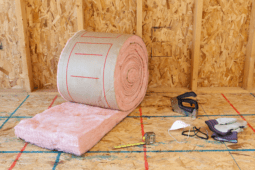How to Use a Voltage Tester for Safe Electrical Work
Learning how to use a voltage tester is an essential skill for anyone interested in DIY electrical projects, home repairs, or general maintenance. Whether you’re a seasoned handyman or just starting out, understanding how to safely and effectively use this tool can save you time, money, and potential hazards. Voltage testers come in various forms, from simple testers to more advanced multimeters, and knowing how to use them properly ensures that your electrical work is accurate and safe.
The Basics of Voltage Testers for Beginners
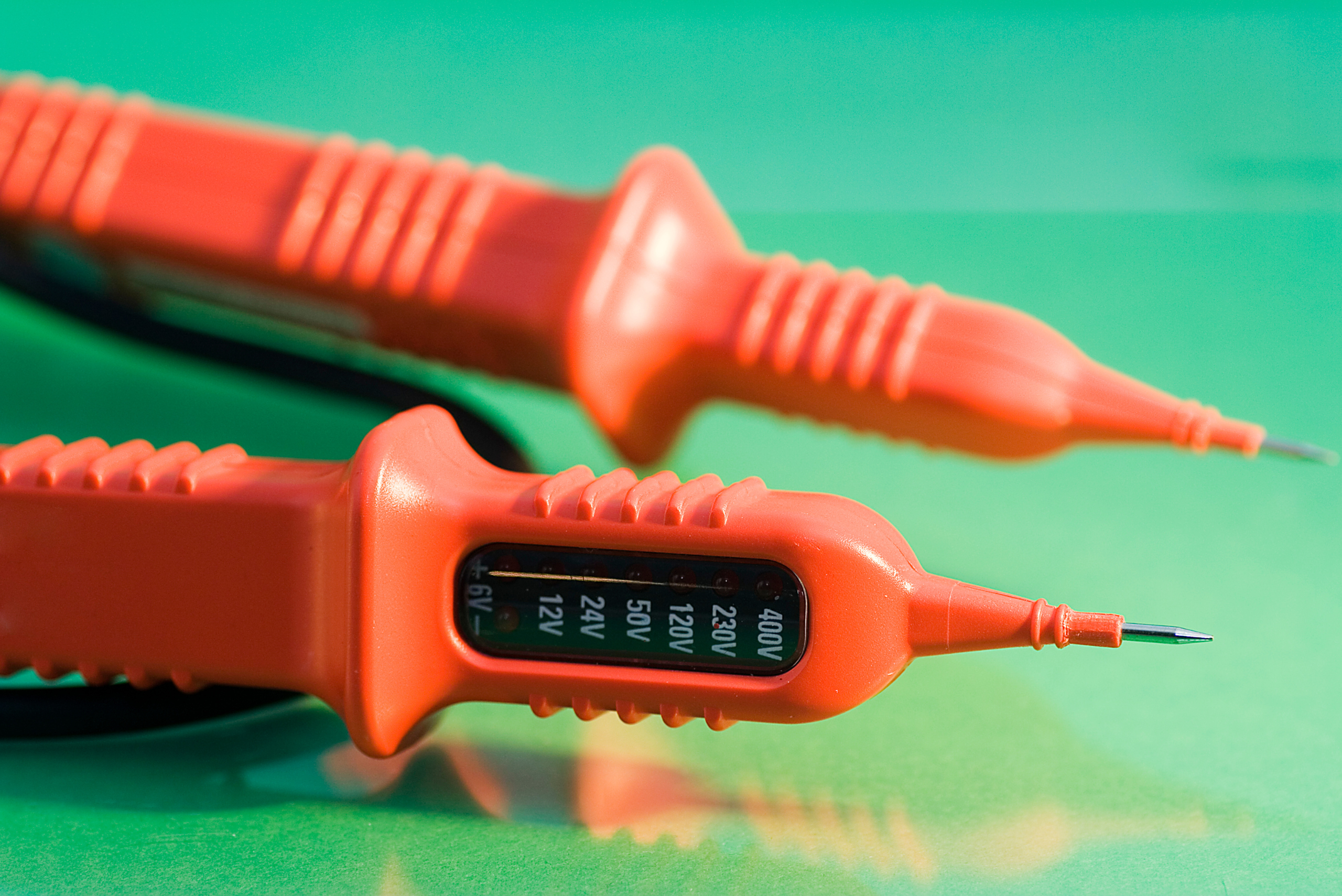
Before diving into the specifics of how to use a voltage tester, it’s important to understand what a voltage tester is and why it’s essential. A voltage tester is a device used to check the presence of electrical voltage in a circuit or wiring. It helps identify whether a wire is live, which is crucial for safety when working with electrical systems. There are different types of voltage testers, including non-contact voltage testers, neon voltage testers, and multimeters, each with its unique features and applications.
Non-contact voltage testers are ideal for quick checks and are popular for their ease of use. They detect voltage without the need for direct contact with wires, making them safer for beginners. Neon voltage testers require contact with the wire and light up when voltage is detected. Multimeters, on the other hand, are more versatile and provide detailed information about voltage, current, and resistance. Understanding the type of voltage tester you need is the first step in mastering its use.
Step-by-Step Instructions on How to Use a Voltage Tester Safely
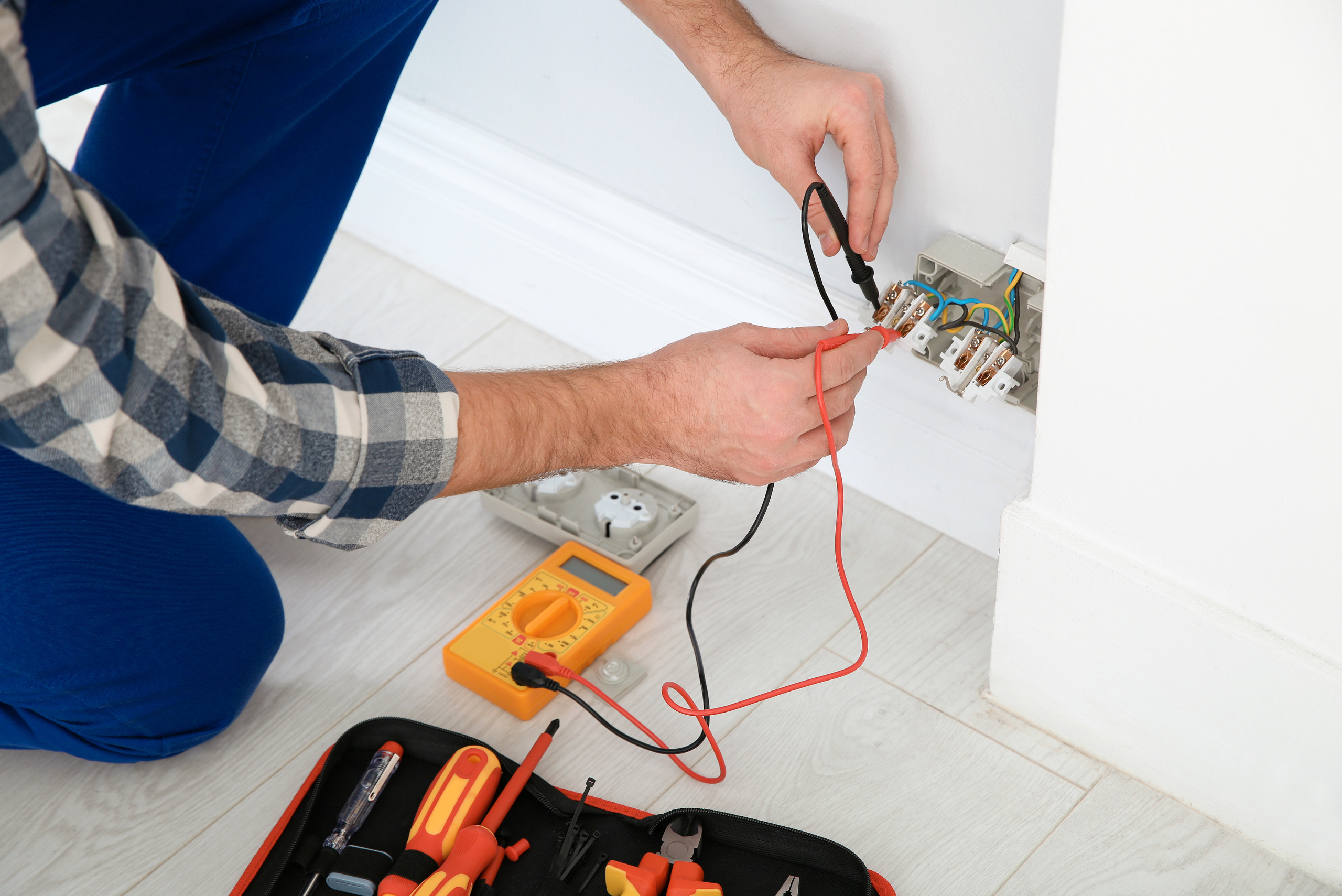
Safety should always be your top priority when working with electricity. Before using a voltage tester, ensure that the power is turned off at the main circuit breaker. This precaution helps prevent accidental shocks while you’re working at exposing the wires. Begin by selecting the appropriate voltage tester for your task. For simple voltage detection, a non-contact tester might be sufficient. For more detailed diagnostics, a multimeter will be necessary.
To use a non-contact voltage tester, hold the tester near the wire or outlet you want to test. If voltage is present, the tester will light up or beep. For a neon voltage tester, insert the probes into the outlet slots or touch them to the wire ends. The neon light will glow if voltage is detected. When using a multimeter, set it to the appropriate voltage range, connect the probes to the circuit, and read the measurement displayed. Always double-check your readings to ensure accuracy.
Common Mistakes to Avoid When Using a Voltage Tester for DIY Projects
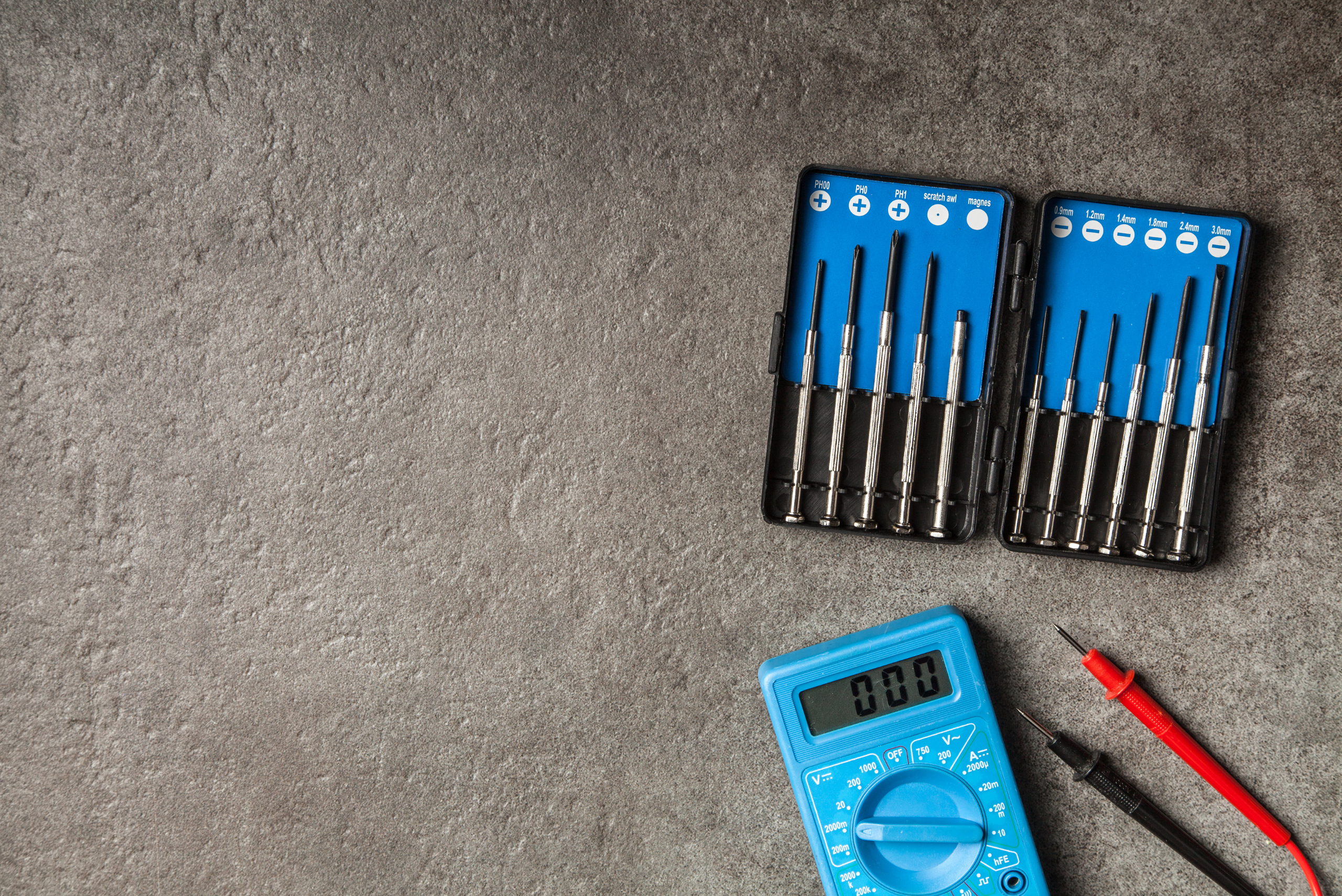
Even though voltage testers are straightforward tools, there are common mistakes that can lead to inaccurate readings or safety hazards. One frequent mistake is not testing the voltage tester on a known live circuit before use. This step ensures that your tester is functioning correctly and prevents false negatives. Additionally, it’s crucial to hold the tester correctly. For non-contact testers, make sure you’re holding the insulated part of the tester and not the probe tip.
Another mistake is using the wrong type of tester for the task. For instance, using a non-contact tester when detailed voltage readings are required can lead to incomplete diagnostics. Also, failing to turn off the power before working on a circuit can result in dangerous shocks. Lastly, not replacing batteries in battery-operated testers regularly can lead to malfunction. Always follow the manufacturer’s instructions and safety guidelines to avoid these pitfalls.
Practical Applications and Benefits of Knowing How to Use a Voltage Tester
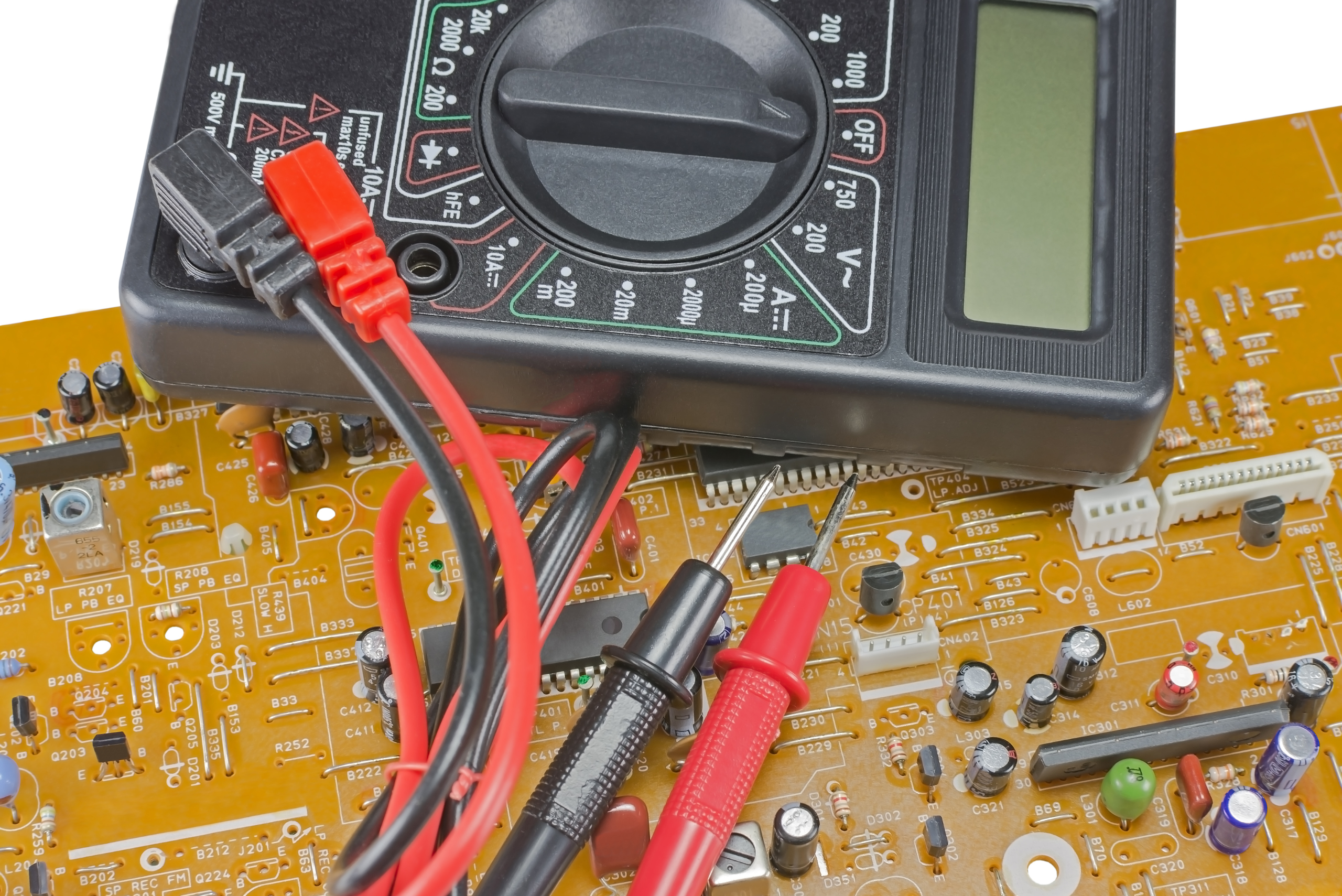
Knowing how to use a voltage tester opens up a world of DIY electrical projects and repairs. From installing new light fixtures to troubleshooting faulty outlets, a voltage tester is an invaluable tool in your toolkit. It allows you to verify that circuits are de-energized before starting work, ensuring your safety and preventing potential electrical fires.
For homeowners, understanding how to use a voltage tester can save money on electrician fees for simple tasks. It also empowers you to take on more complex projects with confidence. For instance, if you’re adding new electrical outlets or switches, a voltage tester helps ensure that your connections are correct and safe. The ability to diagnose electrical issues quickly means less downtime and inconvenience when problems arise. Overall, mastering the use of a voltage tester enhances your DIY skills and contributes to a safer home environment.
Related Articles
- How to Reset an Outlet [DIY Electrician]
- Tips and Techniques for Mastering DIY Electrolysis Rust Removal
- How to Rough In Electrical Wiring For Your Home
Learning how to use a voltage tester is a fundamental skill for anyone engaging in electrical work, whether at home or professionally. Understanding the different types of voltage testers and their applications is the first step toward efficient and safe electrical troubleshooting. By following proper safety protocols and avoiding common mistakes, you can ensure accurate readings and prevent accidents.
Ready to start your next project? Join our DIY community to receive tool tips, how-to guides, and exclusive creative insights. Subscribe to the ManMadeDIY newsletter now! Click here to unlock a world of hands-on inspiration.


